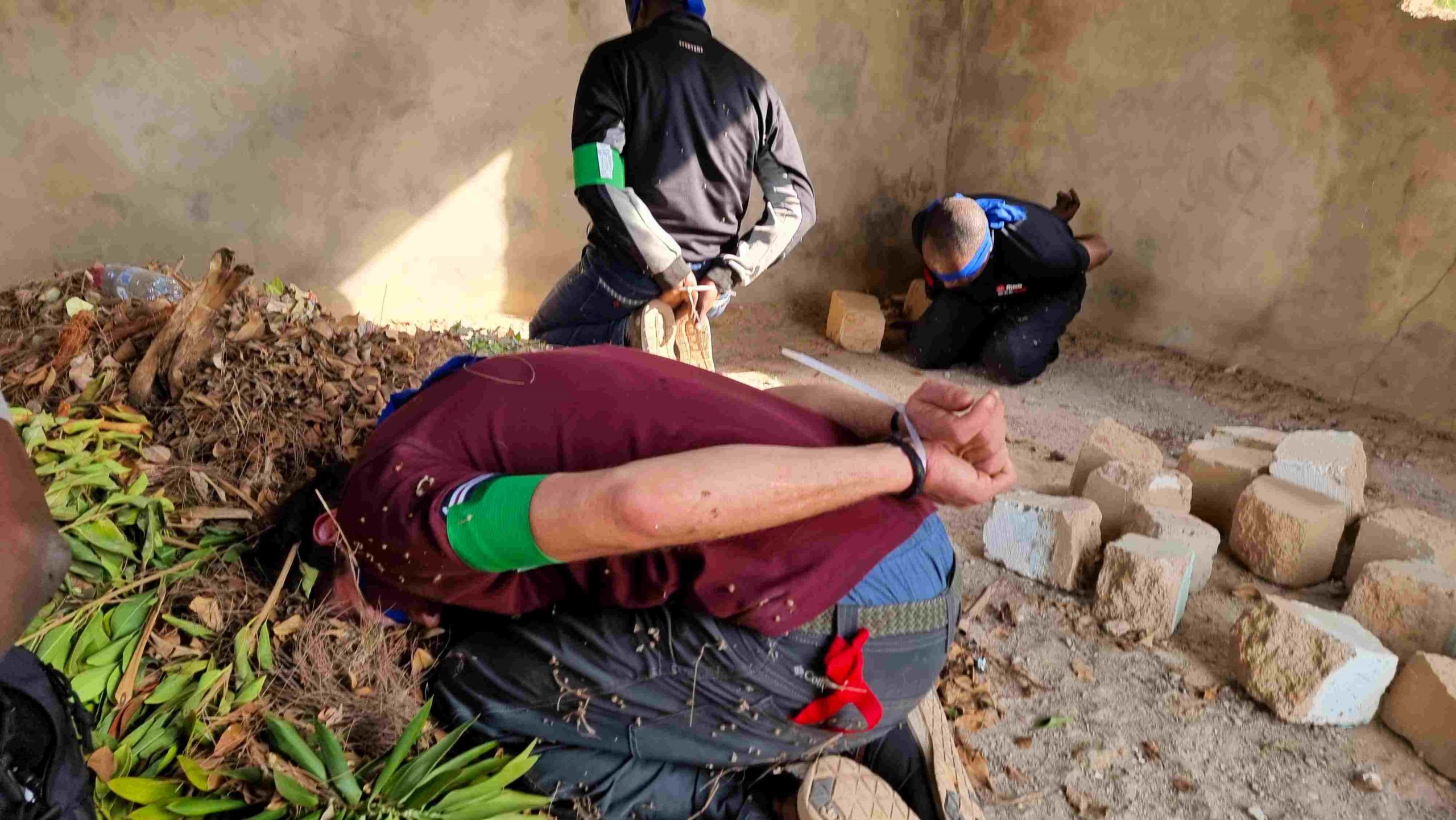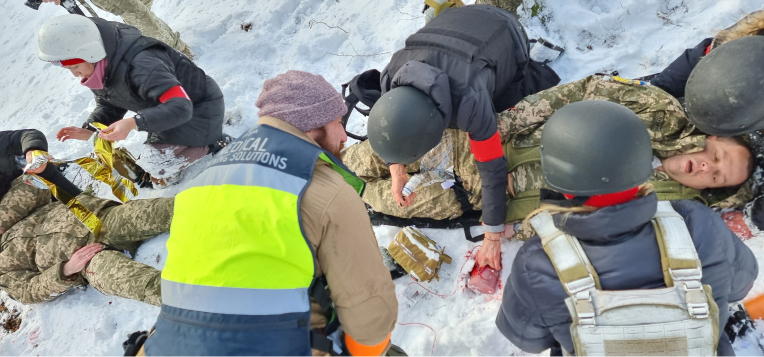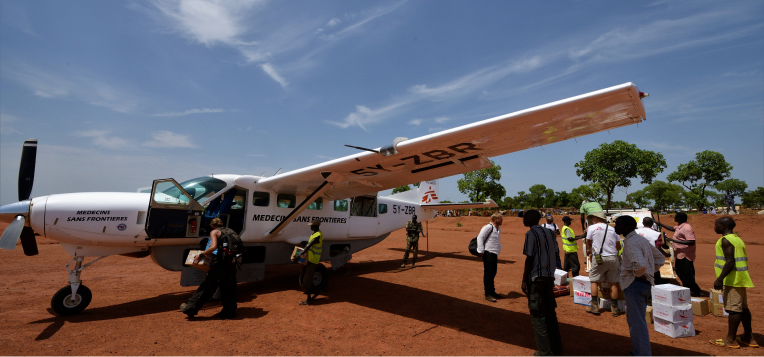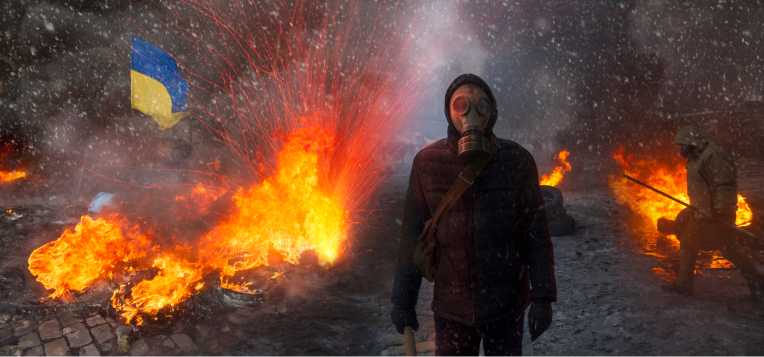
HEAT (Hostile Environment Awareness Training) is essential for employees operating in hazardous areas. It is delivered to staff of companies and institutions who have to operate in areas where security is degraded. This hostile environment awareness training helps to understand and mitigate the risks associated with international mobility. Protect your team effectively with our security expertise!
About the training
HEAT (Hostile Environment Awareness Training) is a 3-4-day residential course designed for aid workers and journalists whose work takes them into difficult, remote or hostile areas. In areas of poor governance, conflict, natural disasters and war, work can be a risky business. Violent assaults, robberies, ambushes and kidnappings against aid workers and journalists are real dangers. Humanitarian organizations, news agencies and freelance journalists need to take proactive steps to ensure that deployable personnel are sufficiently trained and prepared to work in high-risk, dangerous environments.
Main objectives
Participants will learn to recognize, analyze and avoid risks; if the worst happens. The aim is for them to learn to react in such a way as to maximize their probability of survival.
Who is this training for?
HEAT (Hostile Environment Awareness Training) is designed for all professionals working in sensitive areas and facing high-risk situations. Employees who are expatriates or seconded to high-risk countries, business travelers, as well as civil servants or diplomats deployed to a theater of external operations, are invited to take HEAT training before their departure on mission. It is advisable to take this course whenever the security situation deteriorates significantly.
Methodology/trainers
SAHCO works with expert trainers, practitioners with extensive field experience who give participants the confidence and skills they need. Methodology/trainers:
SAHCO works with expert trainers, practitioners with extensive field experience who give participants the confidence and skills they need.
The course methods combine theory and practice. They are based on role-playing, realistic simulations and a continuous scenario that will keep you immersed in the scenario for four days. You'll be part of a team assessing a crisis situation in a foreign country. The scenario begins as soon as you arrive at the course location. You'll be confronted with ethical dilemmas, hostile situations and the constant pressures of insecurity.
Two different formats are possible for this training depending on the nature of the client's structure: humanitarian organization or news agency. The teaching context for humanitarian staff will be linked to an actual humanitarian crisis, and for journalists to a war zone or natural disaster...
What will you learn with HEAT training?
Inclusive risk management
- Safety and security fundamentals
- Understanding your role as an individual and as part of a team
- Key principles of the safety management framework: contextual analysis and stakeholder mapping
- The role of different safety strategies, including acceptance, protection and deterrence.
Personal preparation
- Analysis, anticipation and mitigation of safety and security risks.
- Stress management and development of psychological resilience
- Image and perception of third parties
- Access negotiation basics
- Conflict management, aggression and hostility
- Ammunition, weapons and explosives in the field
- Managing ambushes, roadblocks, mines and other threats on the move
- How to use convoys and avoidance tactics in the event of a critical incident
- Preparing for critical incident management
- Effective communication during a critical incident
First aid in remote areas
Confidence in the provision of lifesaving first aid with the necessary equipment or with on-board resources, the performance of effective primary and secondary assessment and the stabilization of bleeding, fractures, burns and other injuries can help to reduce the rate of mortality and serious injury in any setting.
- Intro DR(C) ABC (BLS optional)
- Bleeding control
- Unconscious victims, fractures and burns
- Road accidents and first aid
- Non-traumatic medical emergencies
- Mass casualty management
Preventing the risk of abduction, survival behaviors in the event of abduction
Staff will know exactly what to do if abduction is an immediate threat - and what to do if they are abducted:
- Indicators to anticipate kidnapping and abduction and mitigate risks
- How to survive in captivity
Boost your career
Follow theoretical and practical course modules enriched by current feedback from the field.Consultant testimonies
I had low expectations for this HEAT training with SAHCO Consulting. I think it's one of the most useful courses I've attended, and it covered more topics than I expected. In addition, I was expecting not to be able to get fully involved in the simulations, or to be too anxious. On the contrary, the instructors and actors made the training very realistic, and many of the simulations took me out of my comfort zone, but never to the point where I couldn't handle it.
Gulfidan
Program manager
SAHCO Consulting's trainings and instructors are very professional and relevant to our work as humanitarian workers; I liked the fact that the instructors did not have military experience, but were senior humanitarian staff with years of experience in complex humanitarian environments and crises; I felt that I was understood in terms of the mentality and challenges we face in the field.
Eleonora
Gbv/cp program manager
I had the opportunity to attend a HEAT session delivered by Sahco Consulting, with whom we work in West Africa. The training is really adapted to humanitarian actors thanks to an approach based on our principles. This HEAT is well-balanced in the intensity of the learning exercises, and realistic in the scenarios and simulations of incidents we may encounter in the field. The trainers are professional, technically and humanitarian experienced, pedagogical, and flexible on the content of the training, allowing us to focus on the aspects we need to work on. All this in an excellent atmosphere of open collaboration.
Romain
Regional security manager
Indeed, this training course was very rich from the outset, with its very special teaching methodology, a perfect blend of practice and very realistic simulations; hats off to the trainers who were simply excellent. This training remains indispensable for us humanitarians living and working in hostile zones with volatile security situations. This training is beneficial on a personal, professional and even community level.
Benoit
Human rights activist




